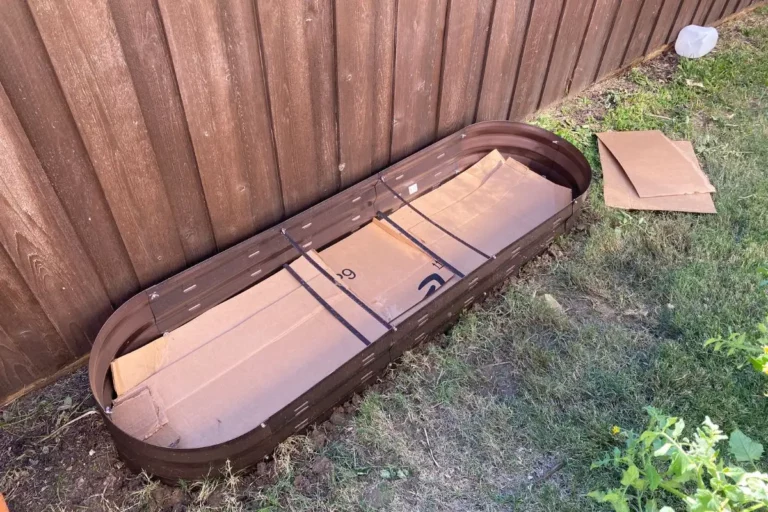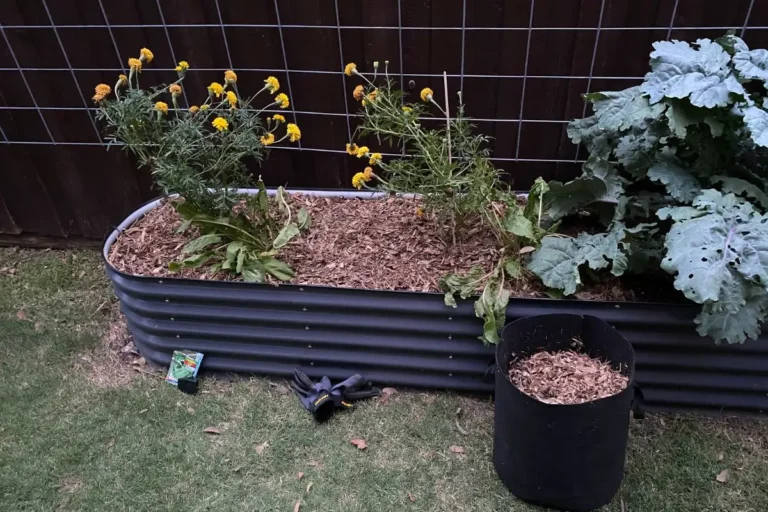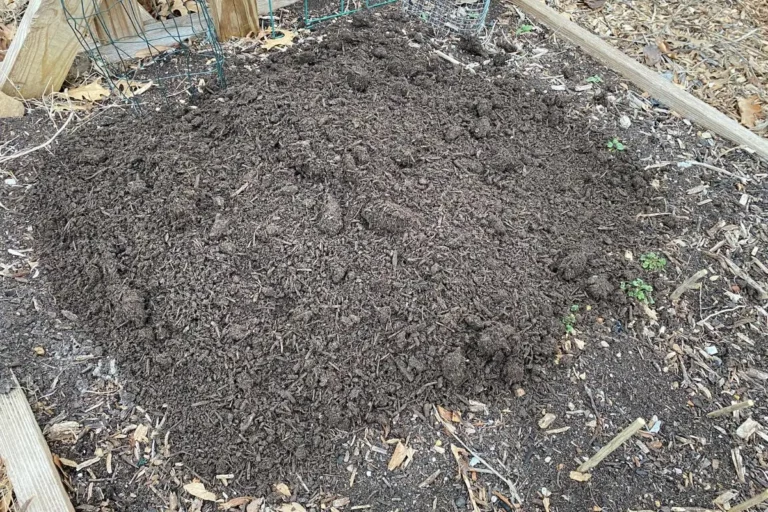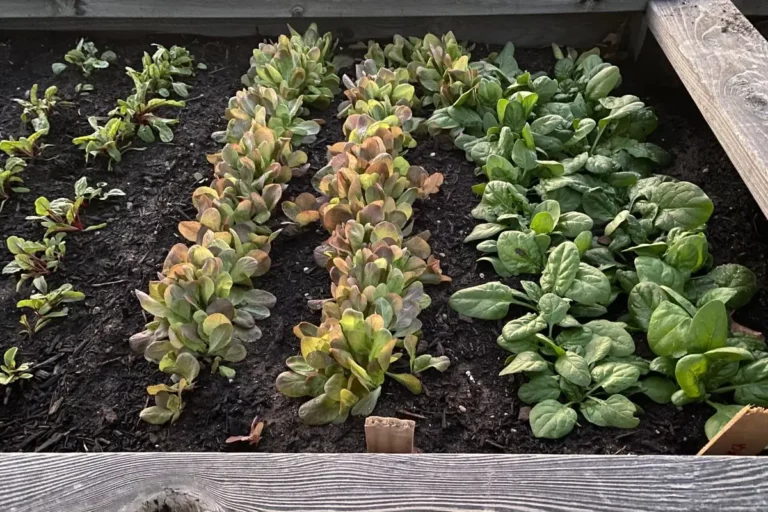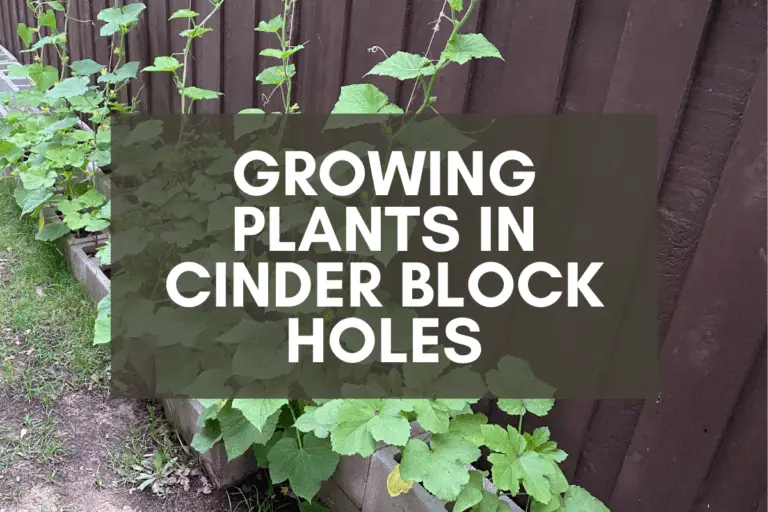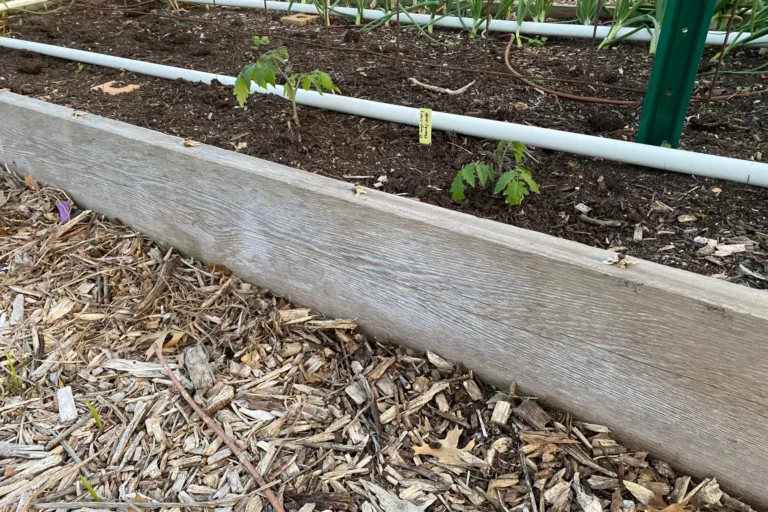Sloping or Uneven Ground? Give Raised Beds a Try
Are you frustrated with the sloped or uneven ground in your yard?
If you’ve got sloped soil on your property like I do, you probably know how difficult it can be to cultivate healthy plants on land that’s not level. While minor slopes can be manageable with a heavily mulched in-ground garden, steeper slopes require building or installing raised garden beds.
In fact, slopes of more than a few degrees can lead to heavy soil erosion, making it almost impossible to maintain a healthy garden without using raised beds or containers.
The best way to garden on sloped or uneven ground is to install raised garden beds into the slope. While wood might seem like an obvious choice, metal raised beds are a better overall option than wooden beds since they’re simple to install, resistant to rot, and typically last 20+ years.
Fortunately, installing raised beds can help mitigate the challenges of gardening on sloped or uneven ground.
Here’s what you’ll learn by reading this article:
- Reasons why gardening on slopes can be challenging.
- Pros and cons of installing wooden raised beds on sloped ground.
- Pros and cons of installing metal raised beds on sloped ground.
- Simple step-by-step instructions for installing raised beds on sloped or uneven ground.
Before you consider wooden raised beds, keep this in mind: When installed on slopes, wood will be more prone to rot due to water runoff patterns and thus might require more frequent maintenance. And building wooden beds on a slope can be a challenging process that may ultimately not be worth your time.
That’s why, in this article, I’ll explore the benefits of using metal raised beds to garden on sloped or uneven ground.
In my experience, raised metal beds are by far the easiest long-term solution to this problem. They’re relatively simple to install and maintain, and they can last for decades.
If you’re ready to take your gardening to the next level, keep reading to learn more about how metal raised beds can help you grow a successful garden on even the most challenging parts of your yard.
Can You Put Raised Garden Beds on a Slope?

Gardening on sloped or uneven ground poses a variety of challenges that can make it difficult to grow healthy plants.
Here’s a few that immediately come to mind:
1. Drainage Issues
Depending on what kind of soil you’ve got on your property, sloped or uneven ground can lead to irregular irrigation and drainage issues.
When water doesn’t drain properly, you might notice that your plants seem to struggle. This isn’t guaranteed to happen on sloped ground, but I’ve seen firsthand how slopes can make it difficult for water to soak into the soil properly.
Instead of soaking in evenly, you’ll find lots of water simply running off down the slope and even pooling in areas where the ground levels out.
Raised beds can help by leveling soil and providing excellent drainage. More on that below.
2. Soil Runoff
Erosion is one of the biggest challenges you’ll face if you attempt to garden on sloped or uneven ground.
I don’t have erosion issues in my backyard, but that’s entirely because I didn’t garden on the sloped areas. I just let the grass grow there.
But those areas were perfect for growing plants, so I had to carefully consider how best to garden there due to the sloping ground.
If you’ve got exposed soil, when it rains, the water will quickly run down the slope and take your soil with it. This’ll lead to the loss of valuable topsoil and lots of headaches.
But raised beds will help by keeping soil in place since the sides of the raised beds act as a barrier, holding soil where it is and preventing excess runoff.
3. Mulch Retention
Mulch is essential to any garden since it helps retain soil moisture and suppresses weeds.
On gentle slopes, mulch will generally hold in place except during heavy downpours. However, mulch can be difficult to keep in place on steep slopes.
When it rains heavily, mulch can shift and even wash away over time, leaving soil exposed in places. Because raised beds provide a barrier that holds mulch in place, they make gardening much easier in areas where it would have been too difficult to do in-ground gardening.
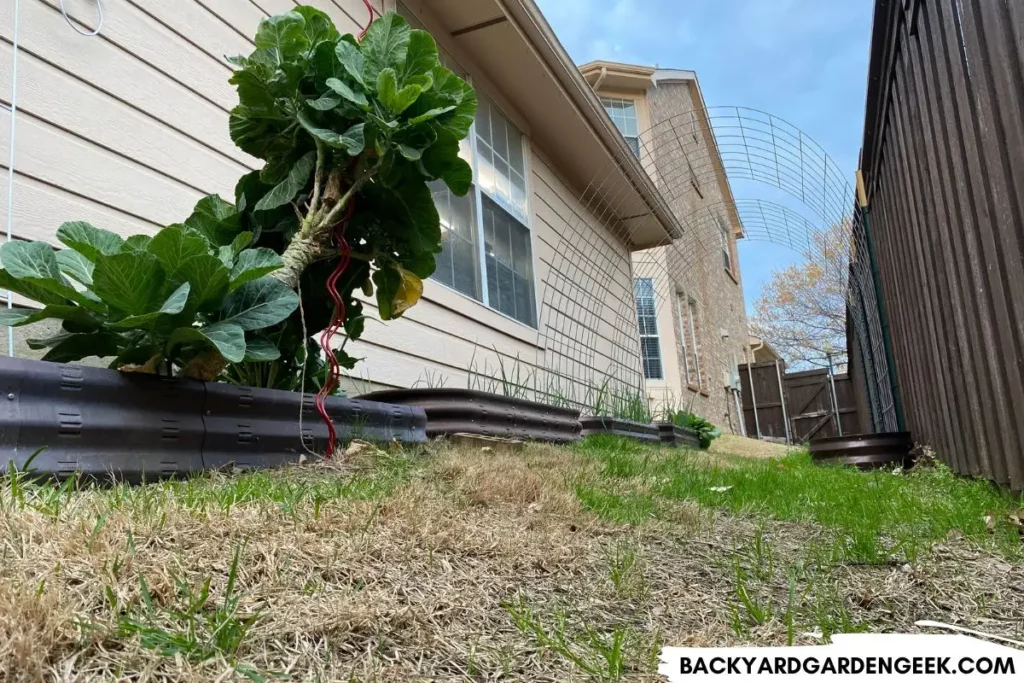
4. Accessibility Issues
Gardening on a slope can be physically challenging, especially for older adults or those with disabilities.
Raised beds can help by providing more accessible gardening options. Because they’re elevated, they require less bending and stooping, making them easier to work with.
Gardeners can even build raised beds at varying heights to accommodate different levels of accessibility. On slopes, you’ll have to pay careful attention to the areas between raised beds–and possibly do some leveling of the ground here and there–but at least you can make use of areas on your property where you might not have been able to previously garden.
Birdies and Vego Garden sell raised beds that are 30-32 inches tall. They’re very expensive (usually $300 or more per raised bed), but they’ll also last an incredibly long time, probably 20+ years.
If you’re looking for something that’ll make gardening easier, it doesn’t get much better than this!
Long story short, gardening on slopes makes just about everything challenging, but if you’re willing to invest in good raised beds–which provide level growing surfaces, prevent soil erosion, retain mulch, and allow for easier gardening–you can mitigate most of these problems and grow plenty of healthy plants in just about any backyard space.
Check out these articles to see what I’ve done with raised beds in my relatively small backyard garden:
- 12 Reasons Why Vegetables Can Grow Better in Raised Beds
- 13 Must-Grow Herbs for Your Raised Garden Beds
- Full Sun or Partial Shade: What’s Best for Raised Beds?
- Growing Plants in Cinder Block Holes: A Step-by-Step Guide
- Landscape Fabric Under Raised Beds: Is It Necessary?
Raised Beds on Sloped Ground: Do It the Simple Way
When it comes to gardening on sloped or uneven ground, there are two main options for using raised beds: 1) building wooden raised beds or 2) installing metal raised beds. While both methods have their advantages and disadvantages, I personally prefer installing metal raised garden beds.
In this section, I’ll explain why and explore the advantages of installing metal raised beds on slopes.
First, let’s start with the overall advantages of raised bed gardening if you’ve got sloping or uneven ground on your property:
| Better Drainage | Since you can level off the ground in raised beds, you won’t have to worry about rainy weather washing your soil away, and you can ensure that your plants are evenly watered. |
| Soil Retention | As mentioned earlier, soil erosion can be a major issue when gardening on sloped ground. Raised garden beds will retain soil and prevent it from washing away during heavy rains. |
| Mulch Retention | Raised garden beds will also retain mulch, which is important for suppressing weeds and retaining soil moisture. |
| Improved Accessibility | Raised garden beds are elevated, which makes them easier to navigate and work in. They also provide easier gardening options for people with physical limitations. |
Now that I’ve provided some overarching information, I’d like to do a close comparison of wooden raised beds versus metal raised beds.
Wooden raised bed have these advantages:
- They’re 100% customizable.
- They’re generally less expensive than metal raised beds.
Unfortunately, wood raised beds have quite a few disadvantages:
- You’ll need to spend time researching and designing the beds.
- You’ll have to source and purchase the materials separately.
- When built on slopes, they can be challenging to construct, requiring more precise measurements.
- You’ll need a power drill, screws, a level, and other necessary tools and supplies.
- Wooden beds will eventually rot, even those made with pricier hardwoods.
Now let’s look at the pros and cons of installing metal raised beds on your property. I’ll start with the cons first:
- They come in various customizable options, but they’re not 100% customizable.
- They’re typically more expensive than wooden raised beds.
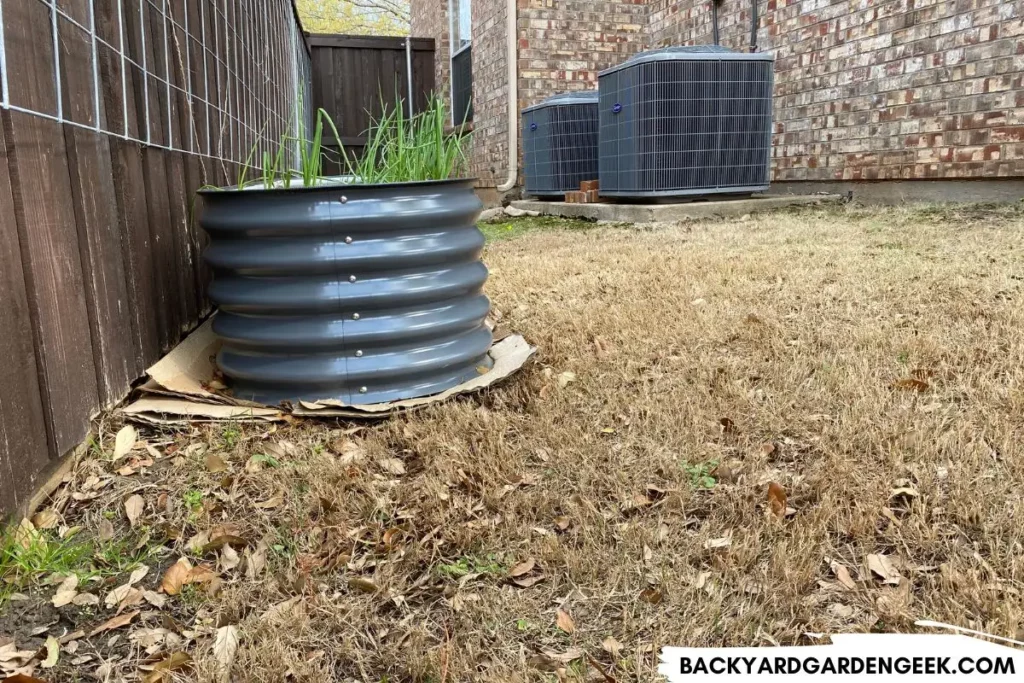
But if you compare the cons with the pros, I think you’ll see why I like metal raised beds most when it comes to gardening on sloped ground. Here are the pros:
- You won’t have to do much research. Simply find a product you like–my favorites are those sold by Birdies or Vego Garden–then buy it!
- You don’t have to buy the materials individually. Everything will come pre-packaged and ready to put together.
- As you’ll see from my step-by-step instructions below, raised beds are actually fairly simple to install on sloped ground.
- You often don’t need anything more than a screwdriver or Allen wrench to put metal raised beds together. No special tools or experience required!
- The raised beds sold by Birdies and Vego Garden are very high quality. They’re easily going to last 20+ years. They might even outlast me!
But let’s see what this looks like in a comparison table:
| Characteristics | Wooden Beds | Metal Beds |
|---|---|---|
| Preliminary Planning | Winner | |
| Customizability | Winner | |
| Expense | Winner | |
| Purchasing Materials | Winner | |
| Tools Needed | Winner | |
| Skills Required | Winner | |
| Ease of Construction | Winner | |
| Ease of Installation | Winner | |
| Durability | Winner |
If you’ve got level ground all over your property, I’d say the results are a little more mixed because on level ground, wood raised beds are easy to design, easy to build, require little in the way of tools or specialized knowledge, and aren’t all that expensive.
But if you’ve got sloped or uneven ground, metal raised beds are by far the best choice for you.
With that being said, I’d like to lead you through my step-by-step overview of the easiest ways to install metal raised beds on a slope.
Below, I’ll be focusing my attention on installing raised beds atop uneven soil. If you’re considering placing raised beds atop hard surfaces like concrete, asphalt, or stone, I’d encourage you to check out my articles on putting raised garden beds on the patio and drilling holes in raised beds.
You can also read more tips and tricks related to raised bed gardening by checking out these related articles:
- 9 Easy Steps to Build Raised Garden Beds on Your Grass Lawn
- 32 Must-Try Vegetables for Your Raised Garden Beds
- How Deep Should Raised Garden Beds Be for Tomatoes?
- Pros and Cons of Raised Garden Beds: Know Before You Grow!
- Using Topsoil in Raised Garden Beds: Can You Do It?
Installing Metal Beds on Sloped Ground: A Step-by-Step Guide
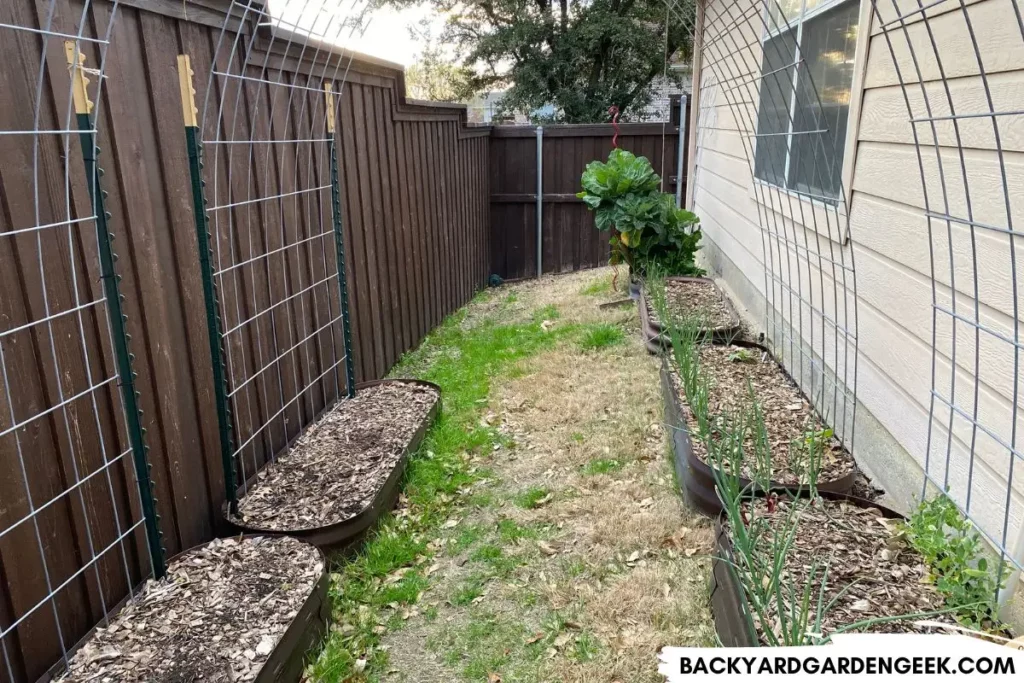
If you’ve never purchased or installed metal raised garden beds before, you’ve got nothing to worry about since I’ll walk you through the process I’ve used to install 7 of them in my backyard.
When I lived in New Jersey, my yard was nice and flat, but my yard here in North Texas slopes away from the house in each direction, which makes it nearly impossible to garden without raised beds.
Here’s how I’ve learned to install metal raised garden beds on sloped ground:
Step 1: Select the raised bed you’re interested in purchasing, making sure to pick a size that’ll work well for your particular space. I’ve got a 17-inch tall Vego Garden bed in my backyard. The other 6 are less expensive LuxenHome raised beds that I bought on Amazon because they fit really well in small, narrow spaces.
Step 2: Open the package, following all instructions to put the raised bed together.
Step 3: Now that you’ve got a fully assembled raised bed, find the slope where you want to place it and lay it in the exact spot you want it to go.
Step 4: Using a garden fork or shovel, mark around the perimeter of the bed so you know exactly where you need to dig. For level lawns, you don’t necessarily need to remove grass from underneath raised beds, but for sloped ground, you’re going to have to do some soil removal.
Step 5: Remove the raised bed, then begin the digging process in the areas you’ve previously marked. Remember that you’ll need to remove more soil from the uphill section of the marked out area than the downhill section so that your bed will be as level as possible.
Step 6: Once your bed is mostly level, you can use this trick to get it nearly perfectly level. Place a wooden board across the edges of the metal raised bed. Begin by laying it across the width of the bed. Place a level on the board, then using a small handheld sledgehammer or a large hammer, hammer the board gently and repeatedly, which will slowly push the edge of the metal into the soil. Continue doing so until you’ve leveled the width of the bed.
Step 7: Do the same thing by laying the board along the length of the bed (which can be a little trickier unless you’ve got a very long board). Place the level atop the board, then hammer as necessary to ensure the length of the raised bed is as level as possible.
Step 8: Repeat these steps a few times, going back and forth from width to length, to make sure you haven’t accidentally made any mistakes when you were hammering the board.
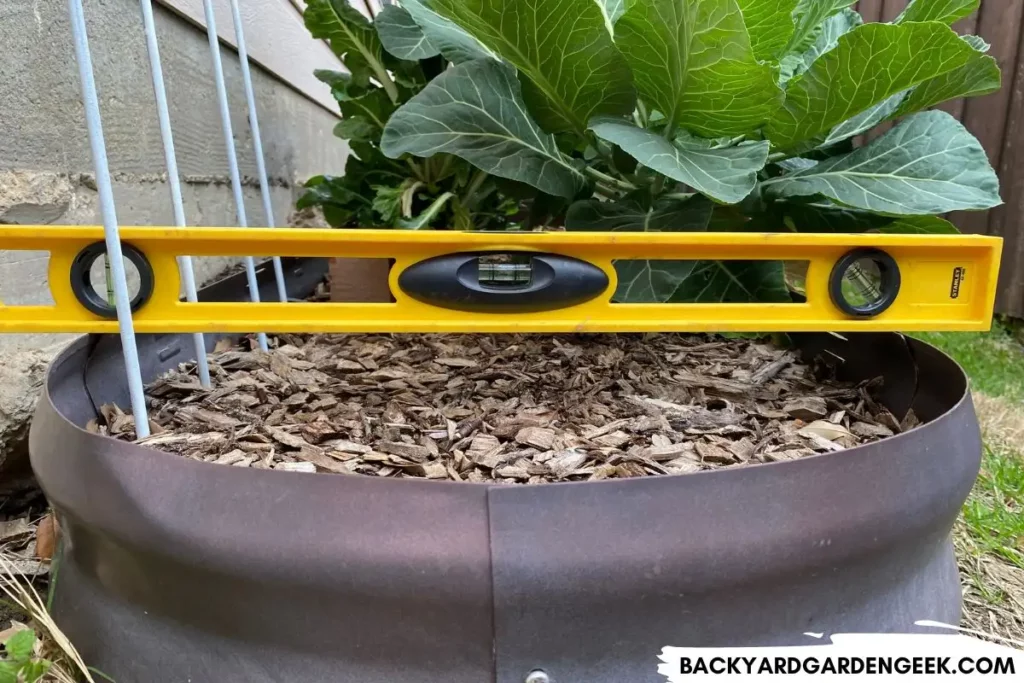
Step 9: Once you’ve leveled the raised bed, pack available soil around the outside edges to make sure everything is snug.
Step 10: Add thick layers of cardboard to the raised bed, making sure you cover all visible grass or soil. You’ll want to kill off all grass and weeds, so err on the safe side and put down a lot of cardboard.
Step 11: After the cardboard is down, fill the bottom of your raised bed with these excellent compostable materials. The great news is they don’t cost a thing!
Step 12: To save additional money, fill most of your raised bed with mature compost or any of these natural materials (branches, leaves, kitchen scraps, etc.). They’ll decompose over time, making an excellent growing medium for your plants.
Step 13: Leave 6-12 inches on top for good-quality soil, then another 1-2 inches of mulch atop that. This will allow you to grow shallow-rooted plants during the first year as you wait for the lower layer materials to decompose and turn into high-quality soil. After 12-14 months, you can plant just about anything in your raised beds since you’ll have plenty of soil for the plants to thrive.
By following these simple steps, you can ensure that your metal raised garden beds will be level and stable.
As I’ve tried to point out in this article, gardening on sloped or uneven ground can be challenging, but using raised garden beds can make it easier and more enjoyable.
While both wooden and metal raised beds have their advantages, metal raised beds are my preferred option due to their ease of installation, their low maintenance requirements, and their overall durability.
In fact, given how long they last, I wouldn’t be surprised if they ended up being cheaper than wooden beds once you factor in the maintenance and replacements costs for wood beds over 15+ years.
Long story short, with a little planning and some elbow grease, you can grow amazing plants even on those areas of your property that are sloped or uneven.
Additional Information
If you’ve enjoyed learning more about raised bed gardening, you might be interested in these articles as well:

